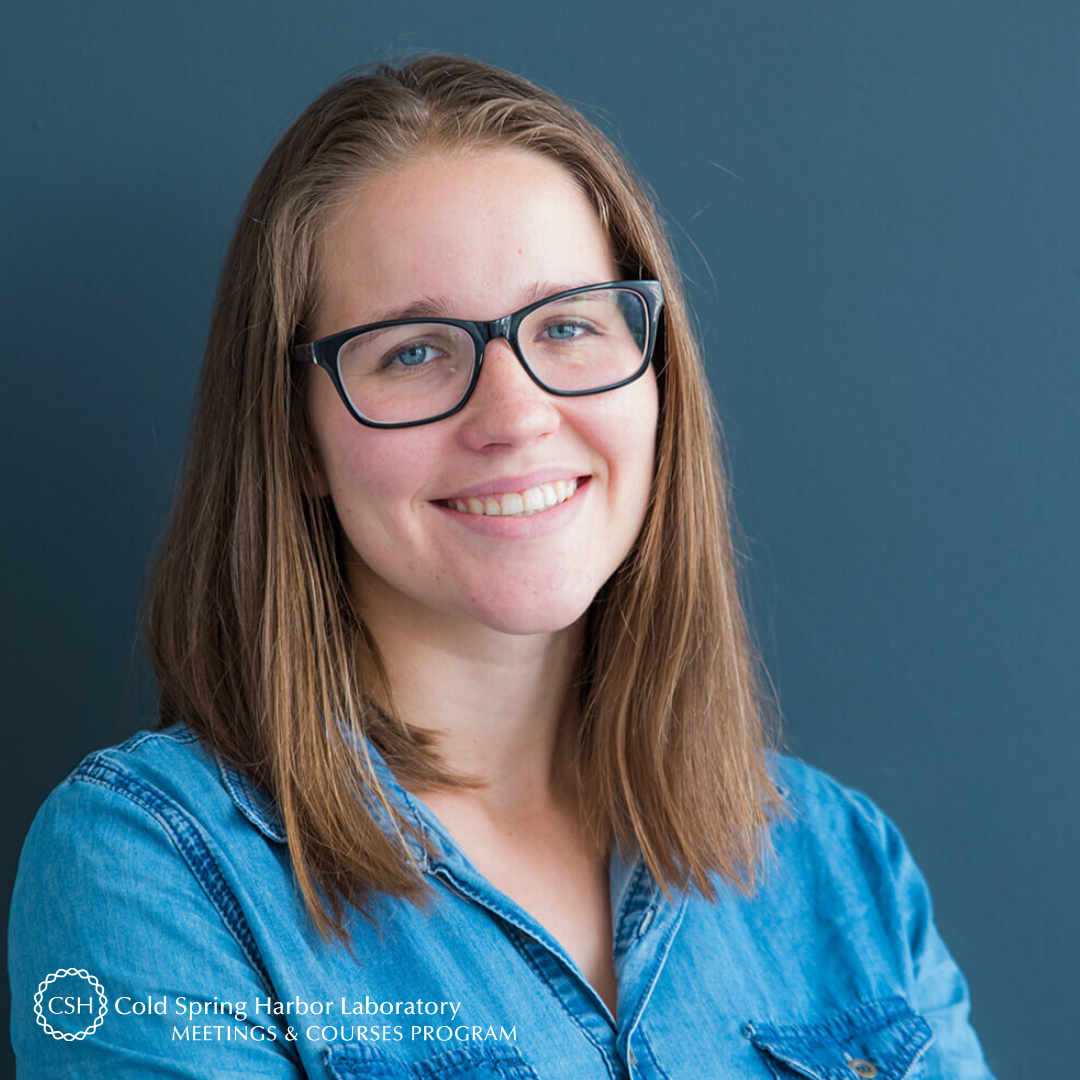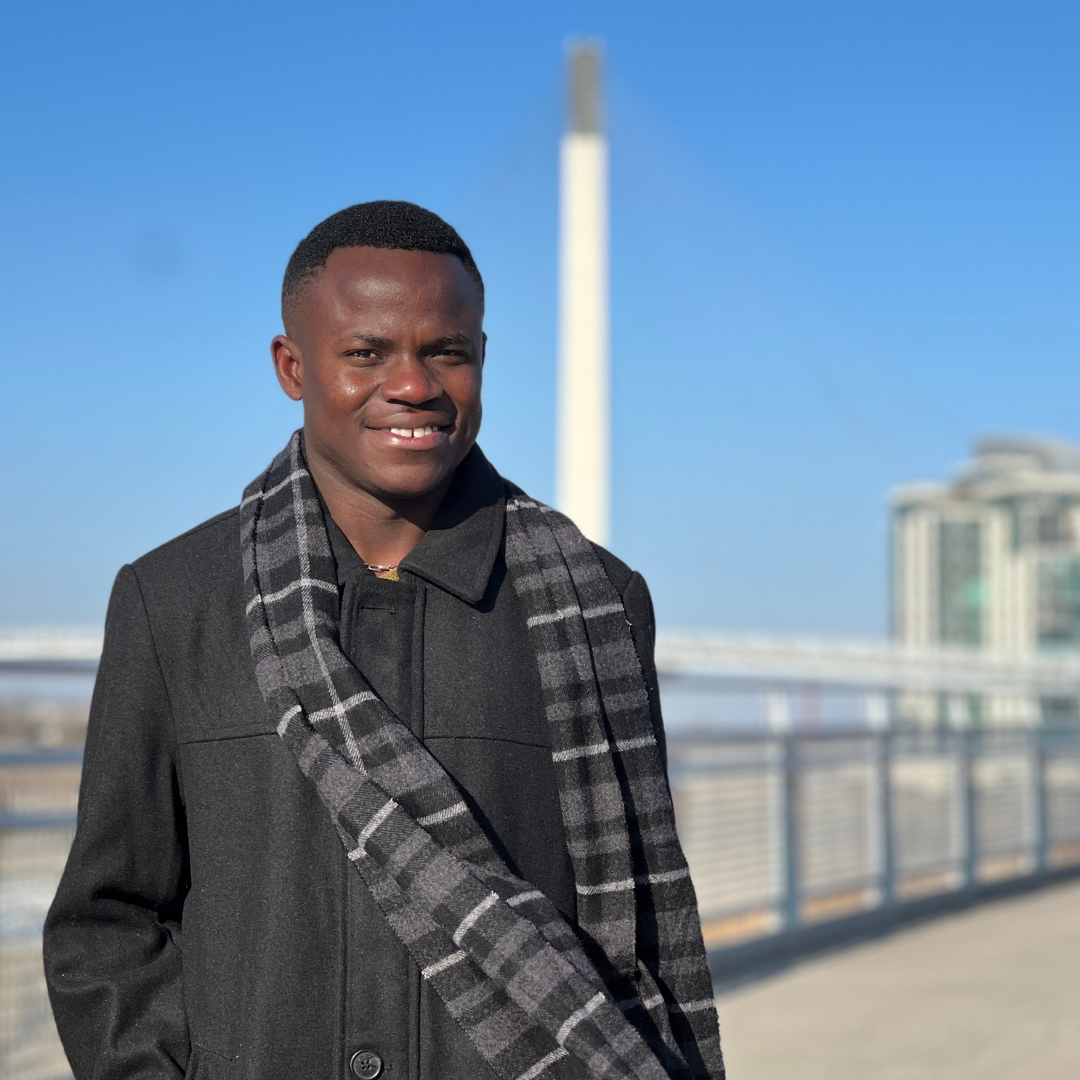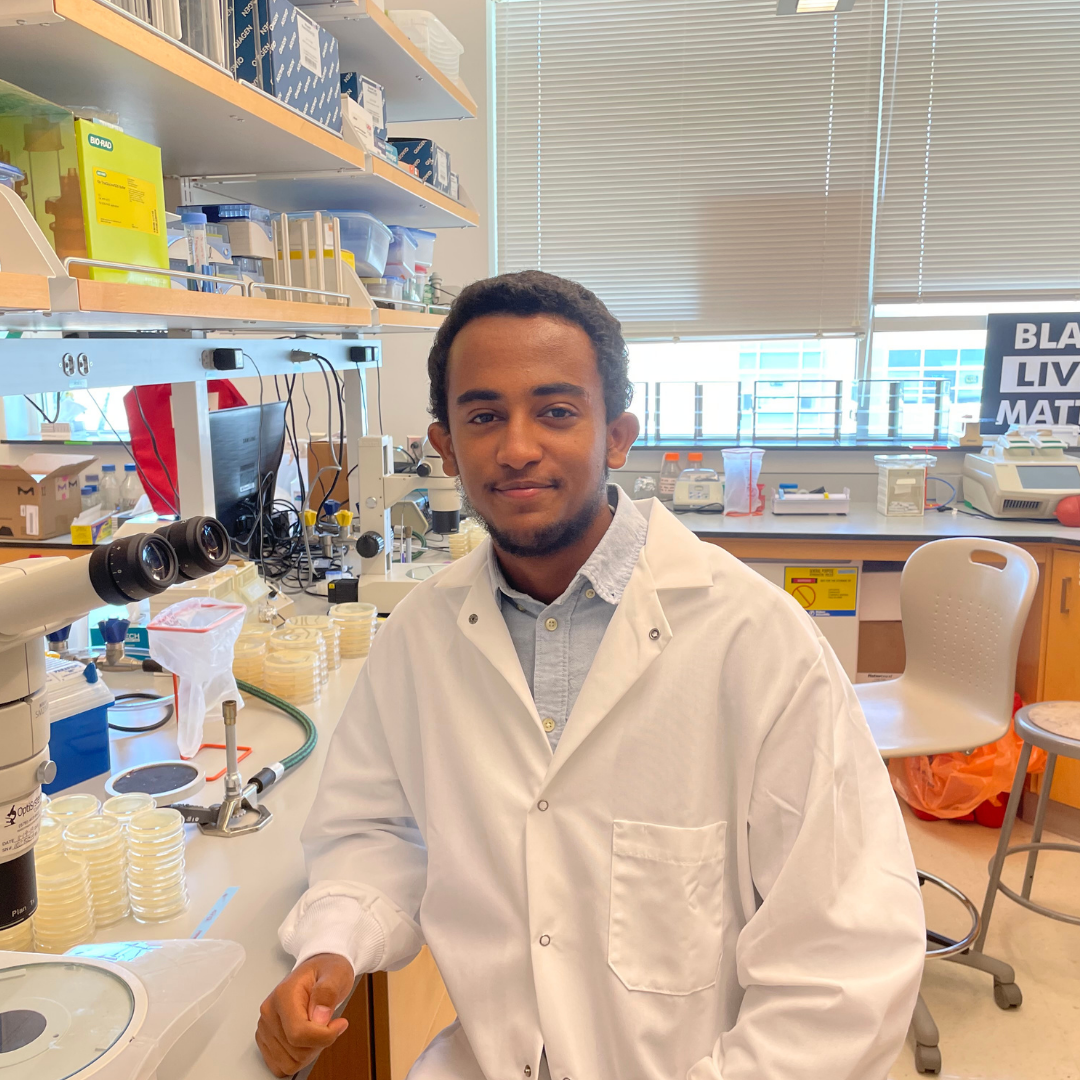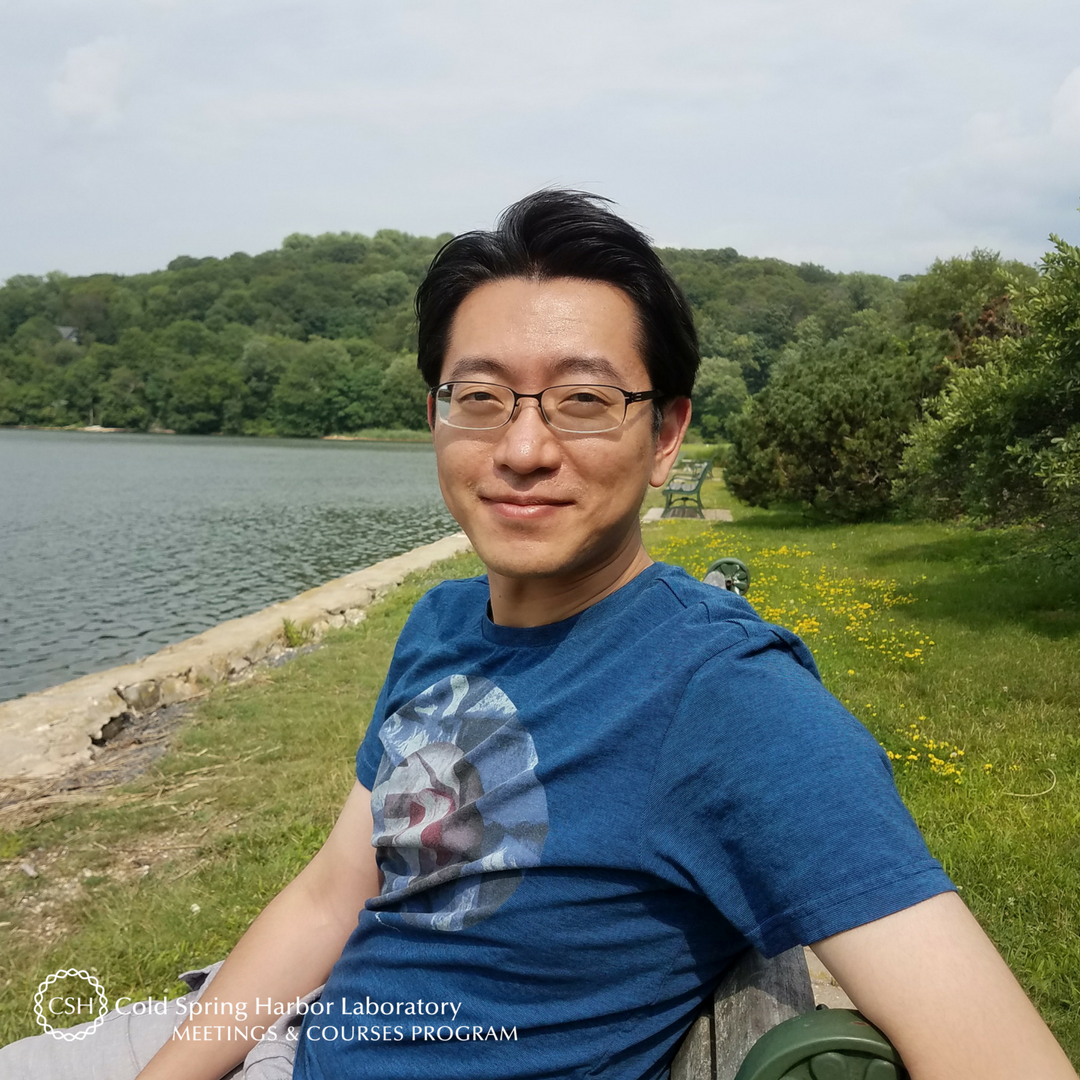Meet Daria Romanovskaia! The Russian national is a graduate student at the Center for Molecular Medicine in Vienna, Austria! She is a member of the Medical Epigenomics Laboratory led by Christoph Bock. Daria is taking part in the virtual 2020 Biology of Genomes meeting which also happens to be her first CSHL meeting.
Tell us about your research.
I am interested in using the power of computational biology to understand the epigenetic heterogeneity of tumors.
How did you decide to focus on this area/project?
It was a combination of my interest in the field of molecular medicine and in computational methods for data analysis. And it became possible with the rapid development of NGS technologies.
What and/or who is the inspiration behind your scientific journey?
Curiosity, the wide spectrum of opportunities, and the questions that could be answered every day. More specifically, translational research that can be transferred into clinics and the success stories of making more advanced medicine are what inspire me the most.
What impact do you hope to make through your work?
I hope that my research will help further develop the field of precision medicine. Knowing that my results helped at least one person is the best impact I can hope for.
What do you love most about being a researcher?
I love the challenge. I also love the journey involved in searching for a solution to a question (and, sometimes, even the search for the question). The time and effort invested in this search becomes eclipsed when data suddenly makes sense and can be interpreted -- even if it may not be in the way it was hypothesized during the brainstorm phase(s).
What drew you to attend this meeting?
My project is still in its early stages to present at a conference so I joined for the opportunity to listen in and get an overview of the field of computational biology. It is really inspiring. :)
What is your key takeaway from the Meeting; and how do you plan to apply it to your work?
I have some new tools and concepts I want to try out but the motivation and inspiration from the talks are my key takeaways. This conference is an amazing place to discuss any questions that one can have, and I look forward to coming back as a presenter one day.
What feedback or advice would you share with someone considering to participate in this meeting?
Stay focused and don’t be shy to talk to people! (Or, as is the case for this year’s meeting, message them!)
What’s the most memorable thing that happened during the Meeting?
Taking part in the Meet the Speakers. I joined two sessions and my experience resulted with great career advice as well as this one line that is helpful for all researchers to know and be reminded of: Be excited about your research!
Thank you to Daria for being this week's featured visitor. To meet other featured researchers - and discover the wide range of science that takes part in a CSHL meeting or course - go here.
Image provided by Daria Romanovskaia













































































